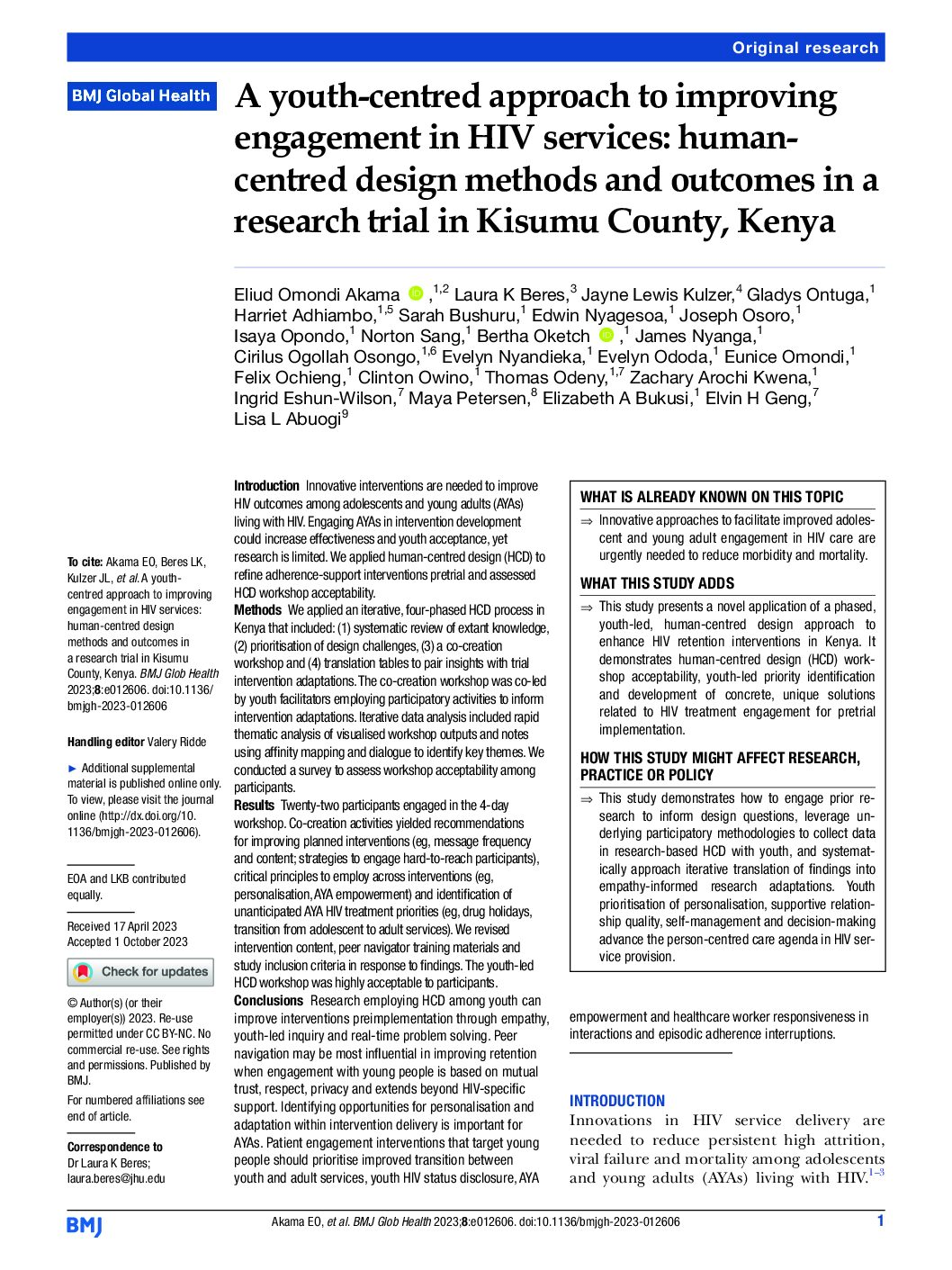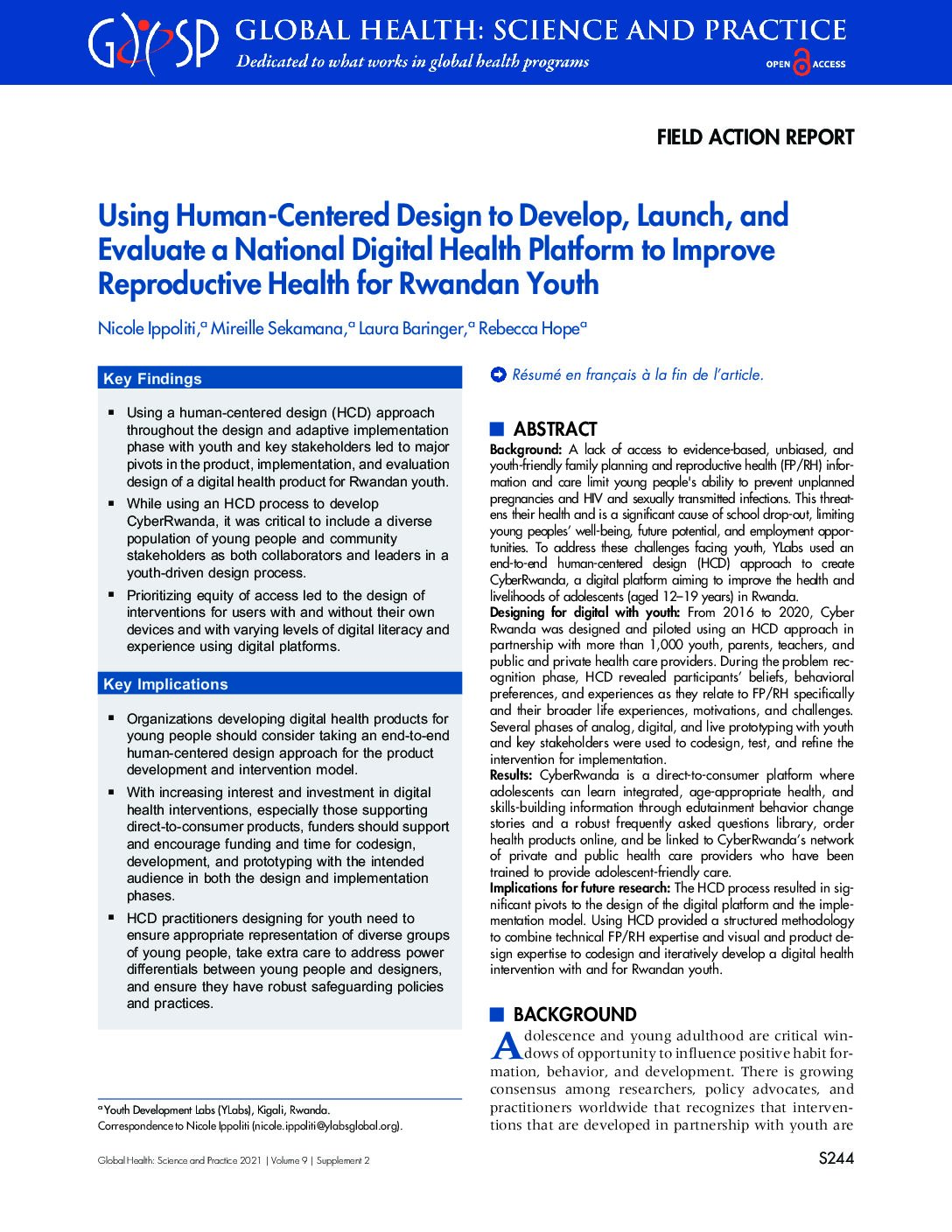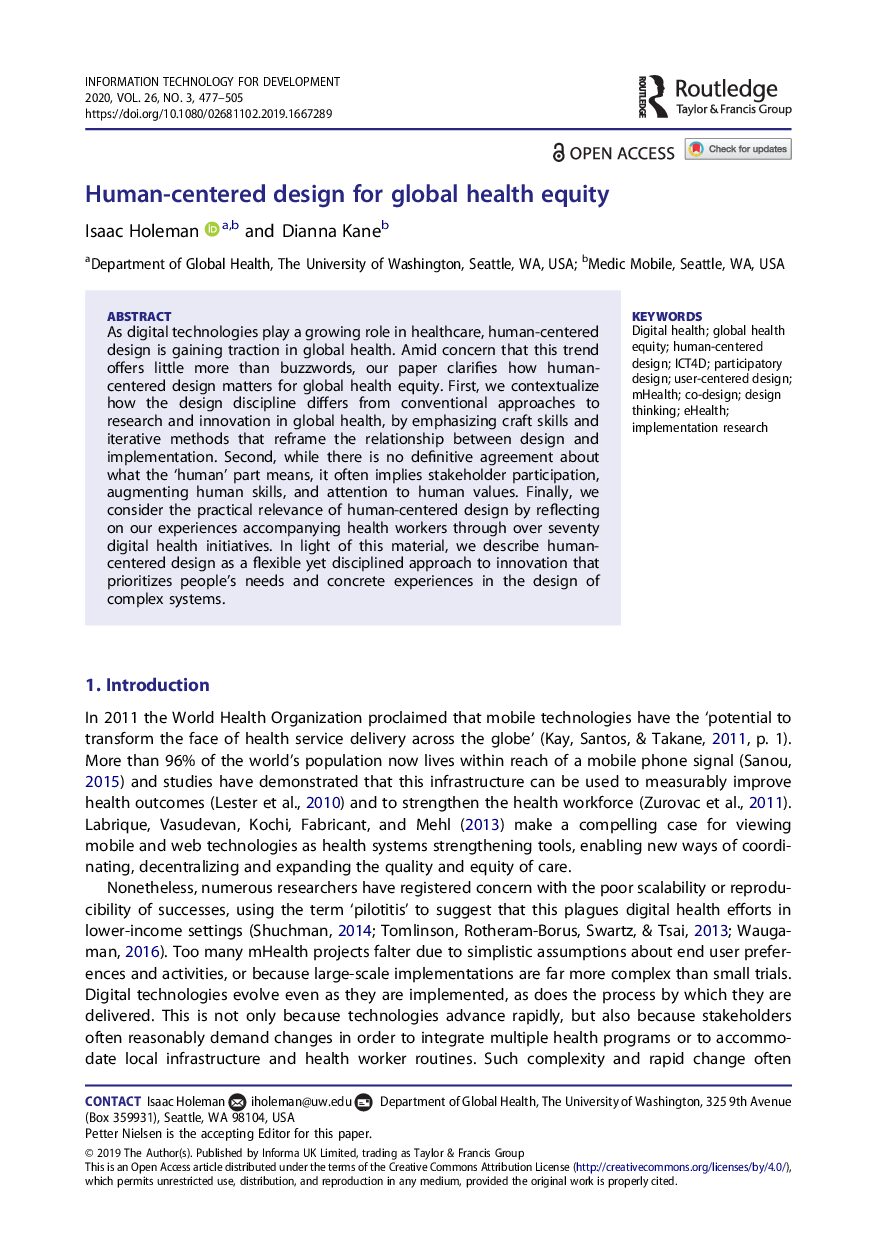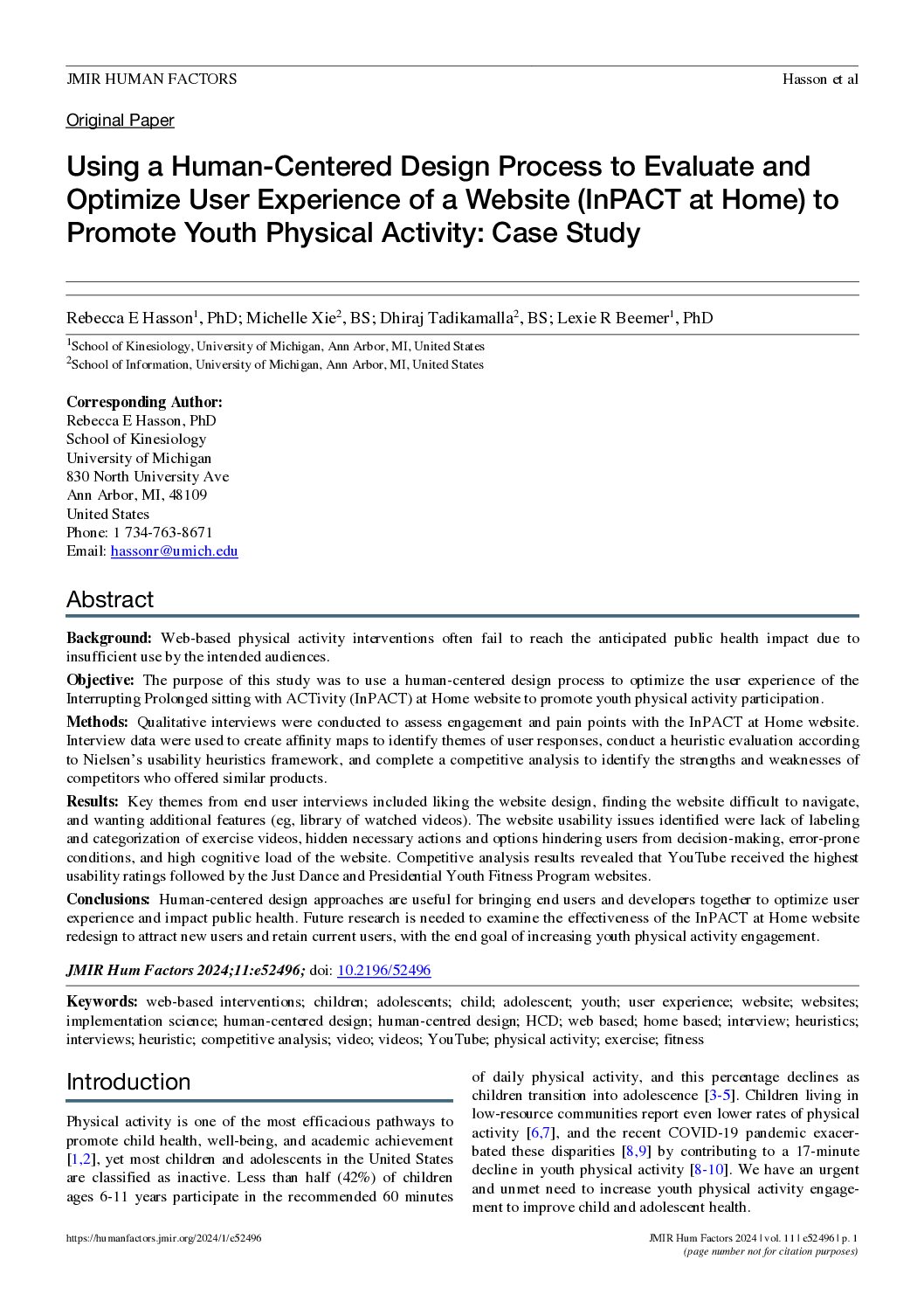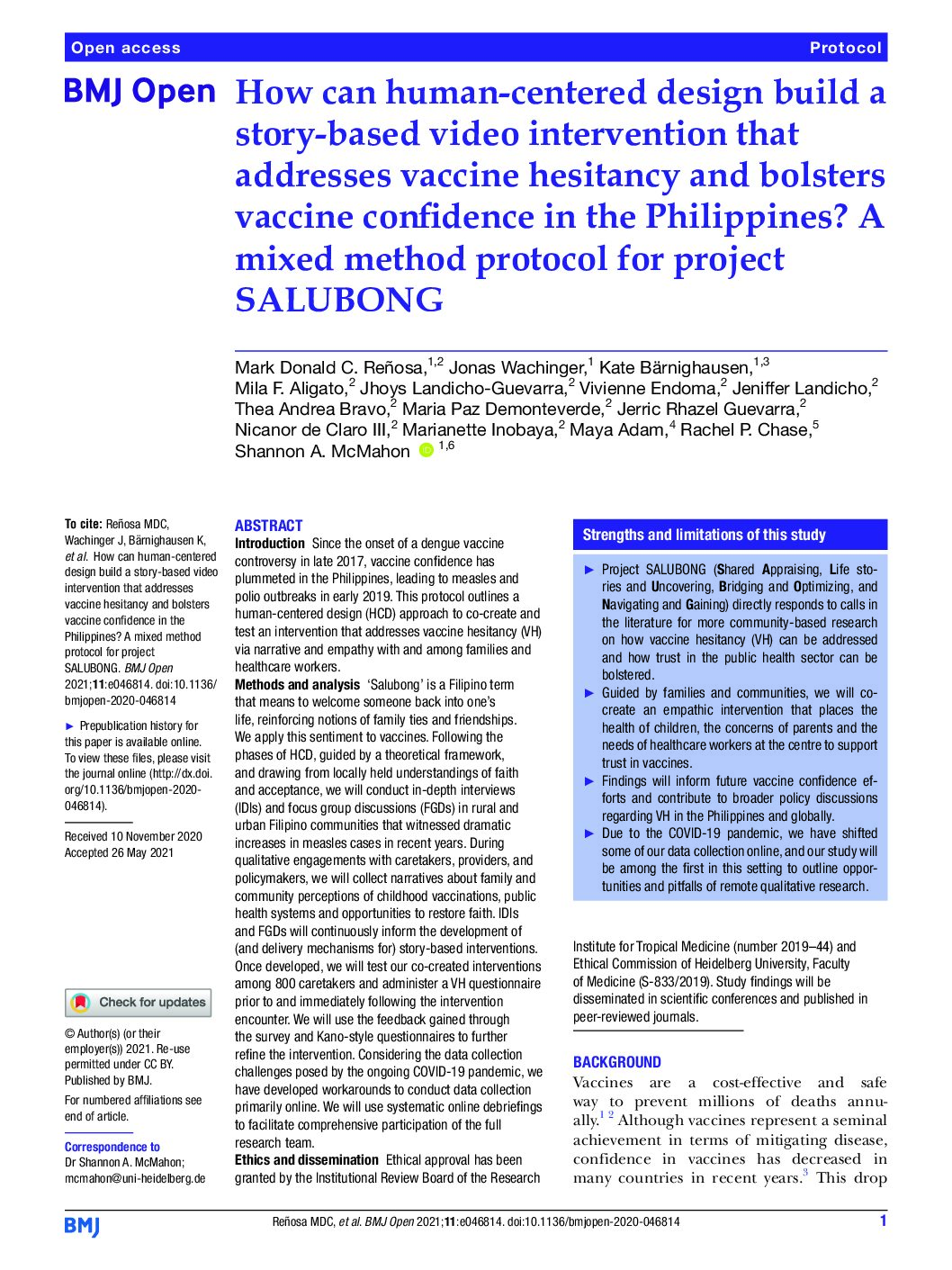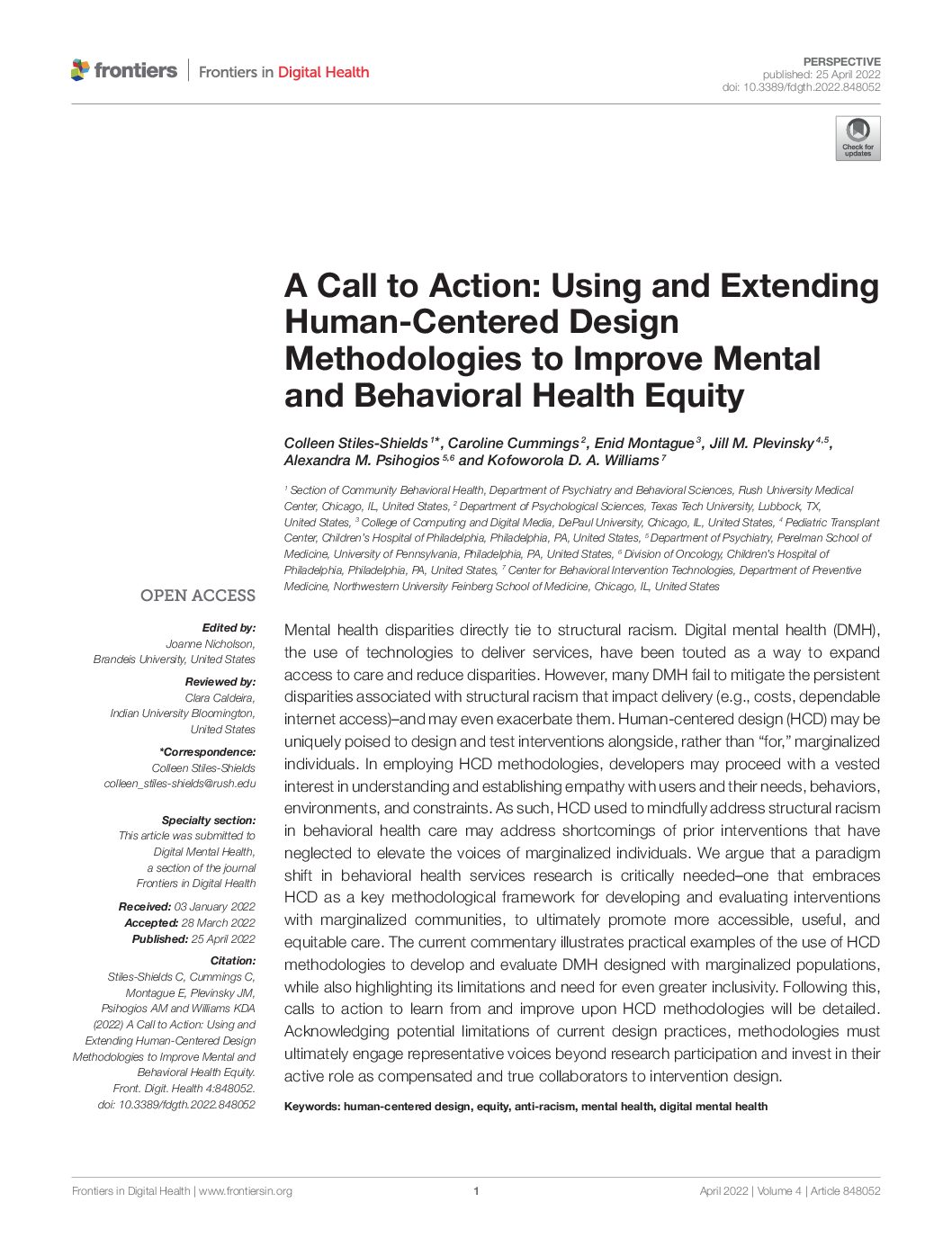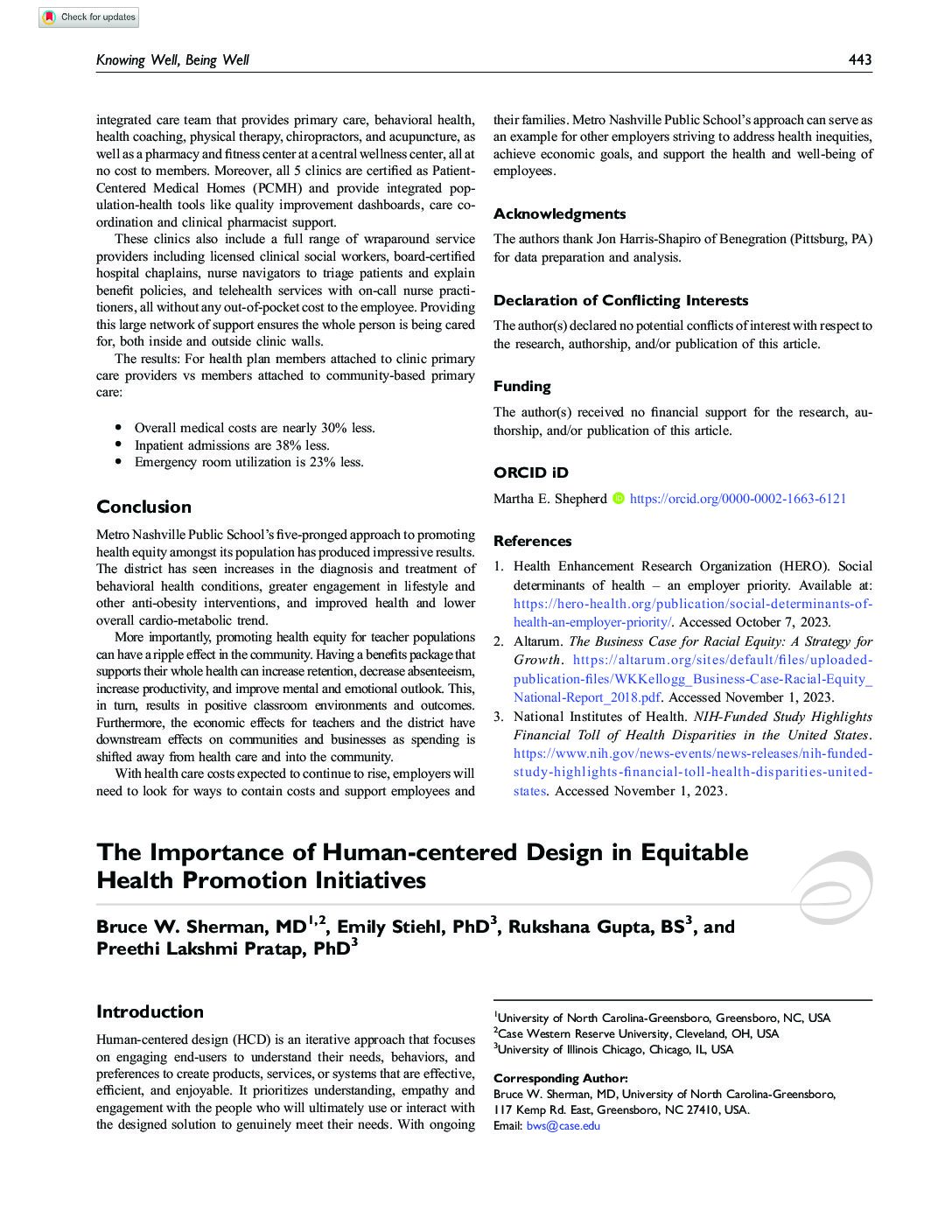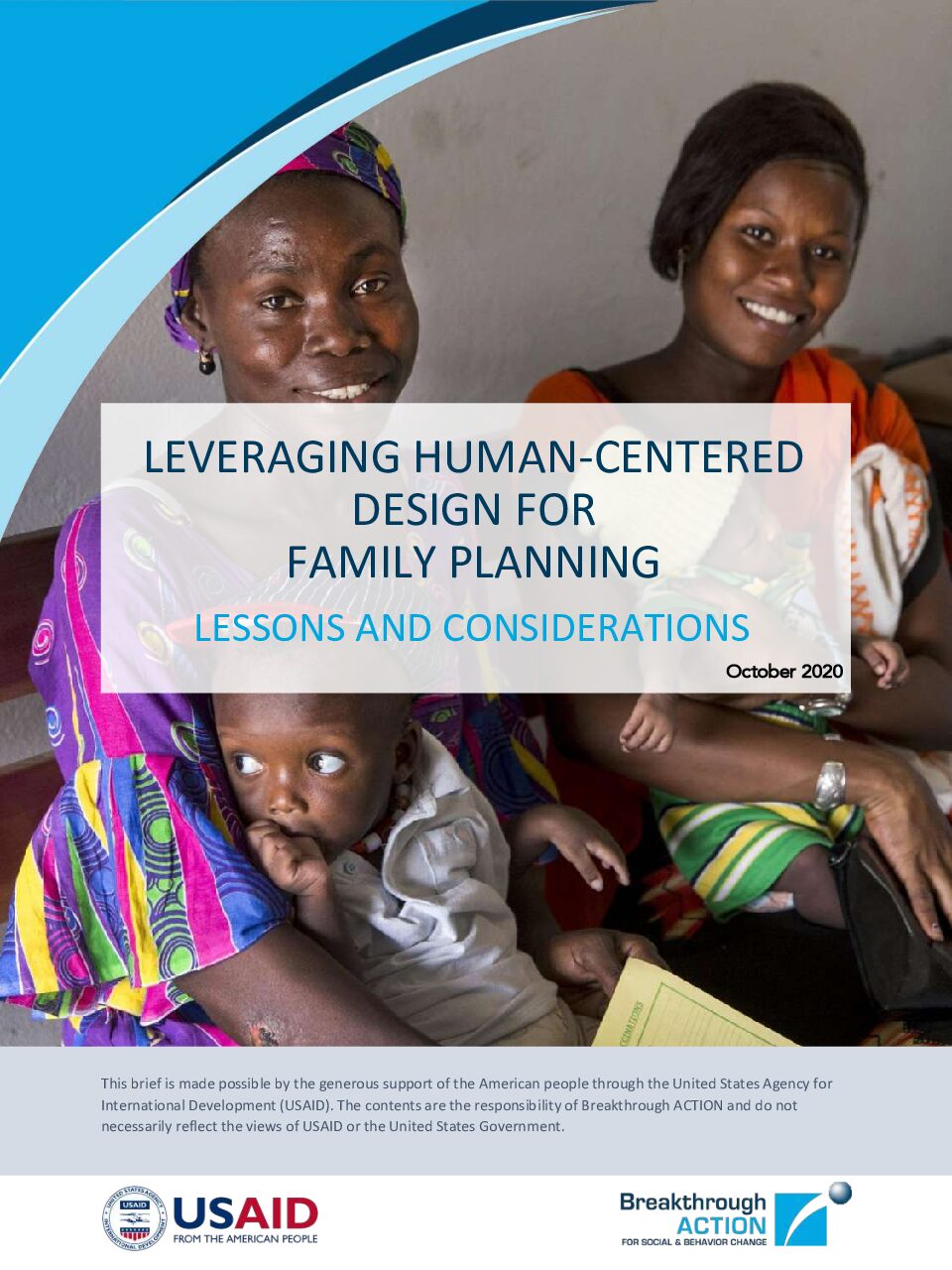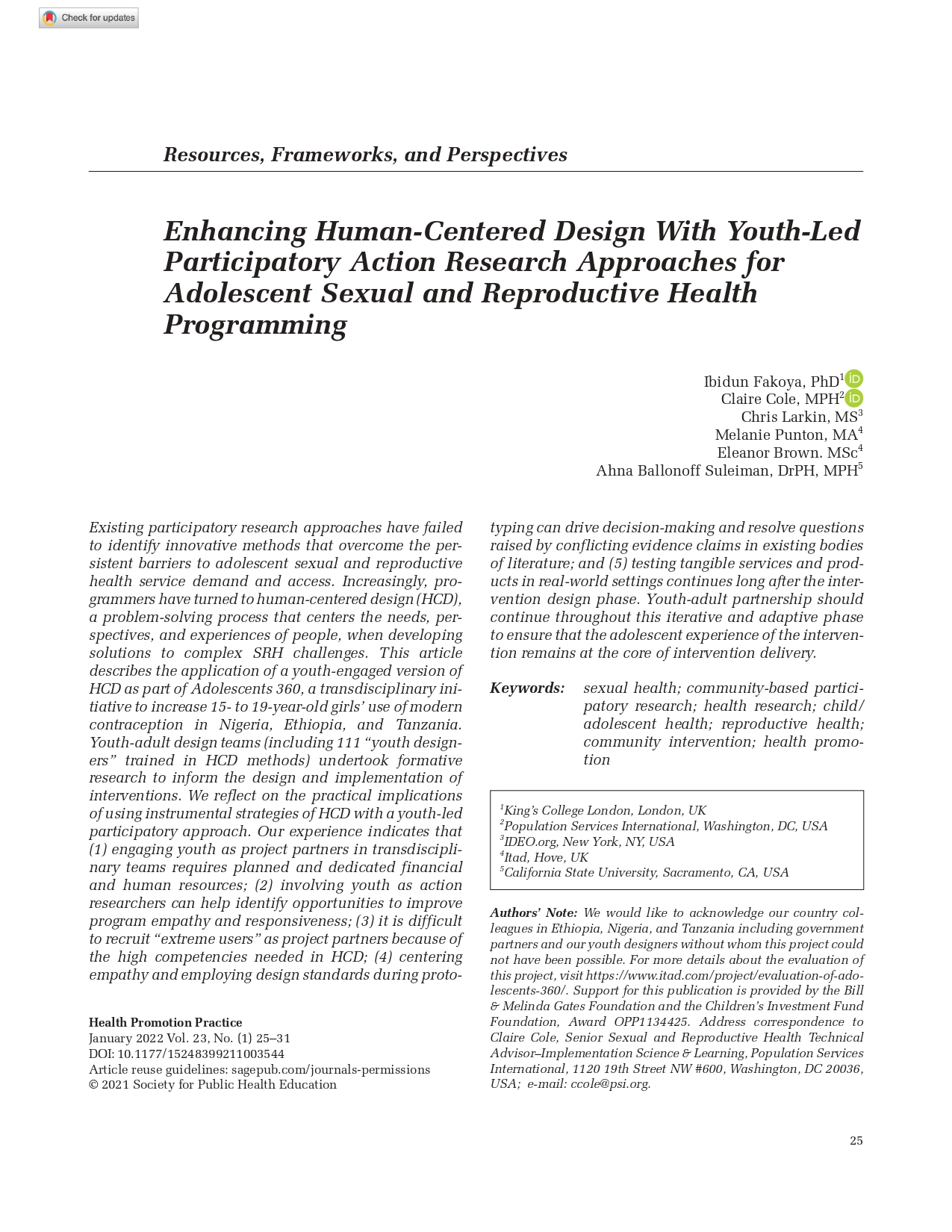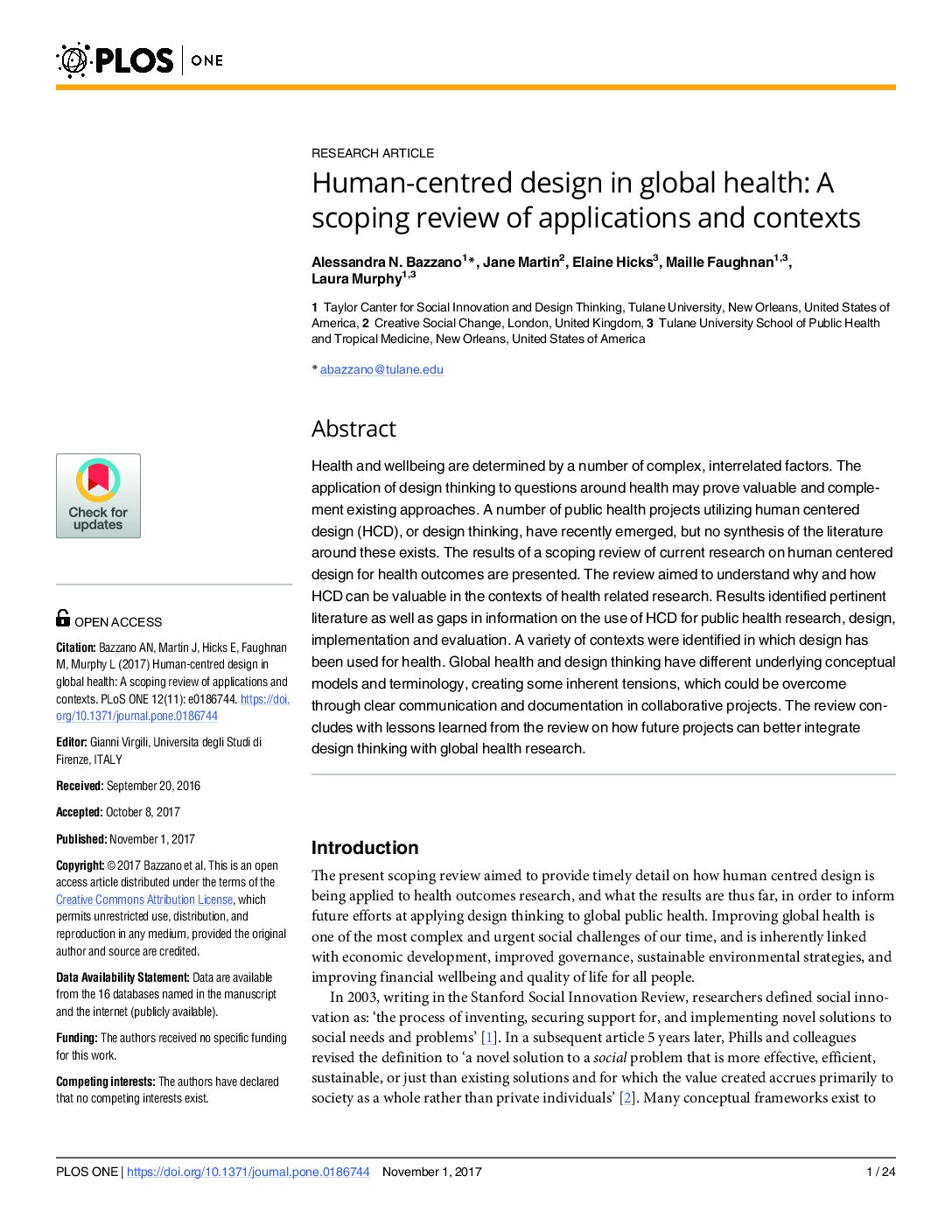This whitepaper outlines different facets of Human-centered Design, which evolved over half a century. These facets have different foundational influences that lead to Design by, with, and for people. Designing for people, including Ergonomics and Human Factors and Interactions Design, originated from early developments in experimental psychology. Similarly, designing for people with specific needs emerged from developments in medicine and rehabilitation, which resulted in design approaches, such as Universal Design and Inclusive Design. Designing with people, including Participatory Design, developed from communal architecture. Designing by people is grounded in psychology on creativity, resulting in design approaches, such as Creative Engineering and Design Thinking. Early developments in social psychology developed over time into Social Design and Design by Society. These approaches emerged as designers responded to socio-material and socio-economic challenges with new Human-centered Design approaches. This book chapter aims to raise awareness of the contextual evolution of different Human-centered Design approaches and the need to continuously respond creatively to these challenges with new design solutions and adequate design approaches
- HCDExchange
- 5
- Resource LIBRARY
- 5
- Facets of Human-Centered Design: The Evolution of Designing by, with, and for People


Facets of Human-Centered Design: The Evolution of Designing by, with, and for People
Publication Year: 2022
Contributing Organisation: Center for Design Research Stanford University
Authors: Jan Auernhammer,Matteo Zallio,Lawrence Domingo
Learning Themes: Global Health
Downloads: 7



